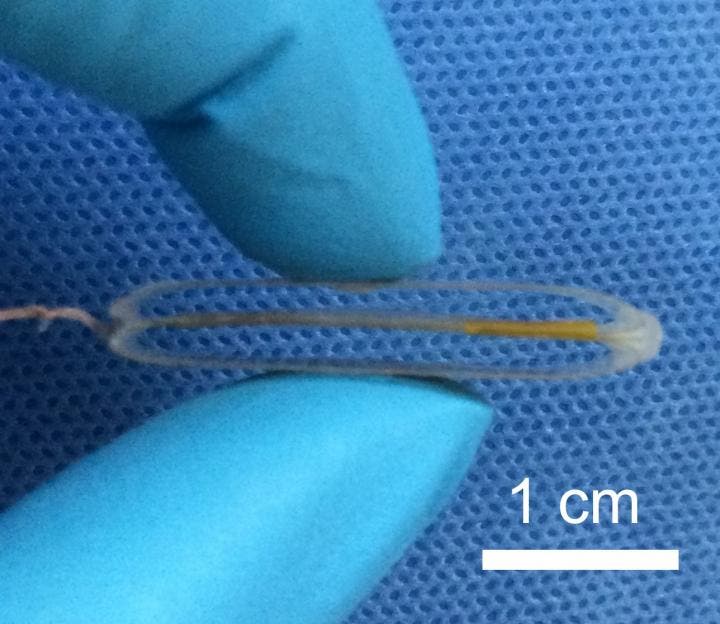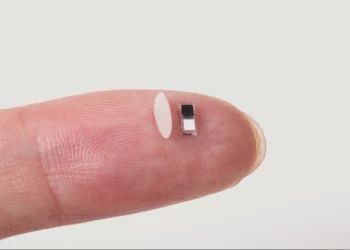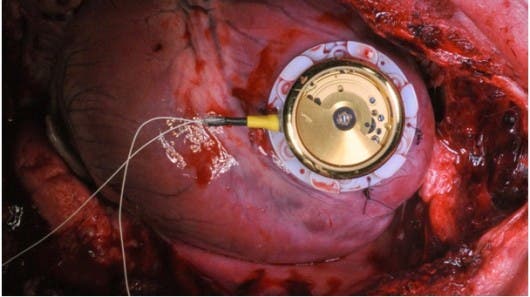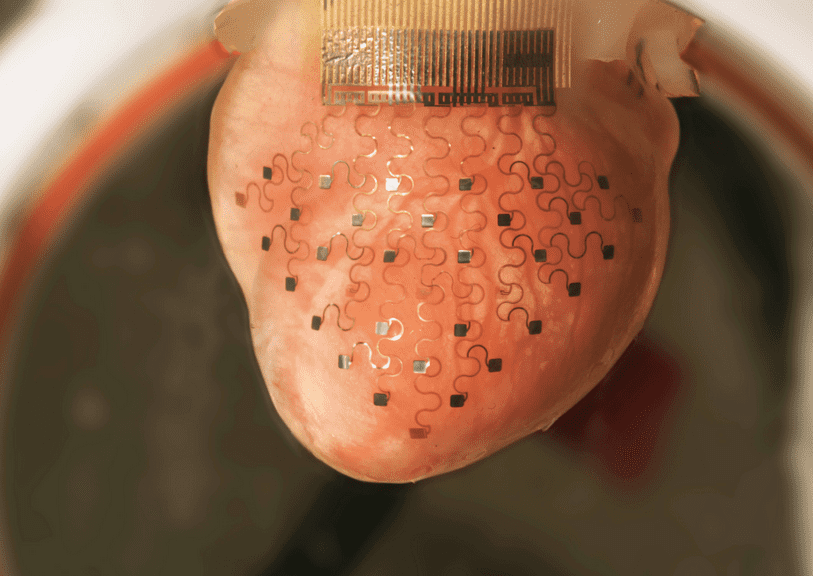
Pacemakers have saved countless human lives by ensuring that the heart beats at a regular rhythm. They’re not perfect, though. Their biggest shortcoming is that the battery can last for only as little as five years, at which point it has to be surgically replaced. The procedure puts patients at risk of infection, bleeding, and other complications, which is why for decades scientists have been trying to extend the battery life of pacemakers. One exciting solution proposed by Chinese researchers at the Changhai Hospital in Shanghai involves a pacemaker that is powered by heartbeats.
A pacemaker consists of two main parts: a pulse generator, which is implanted just under the skin near the collarbone, and wiring such as electrodes, which are implanted into the heart. The main purpose of a pacemaker is to manage irregular heartbeats called arrhythmias, which can either be tachycardia (a heartbeat that’s too fast) and bradycardia (a heartbeat that’s too slow). A heartbeat’s rhythm can be disrupted by damage to heart muscles, as happens during normal aging or following a heart attack, but also by genetic conditions and some medication.
No matter what kind of arrhythmia a patient has, the result is the same: not enough blood evenly reaches the body. This can result in unnatural fatigue, fainting, shortness of breath, damage to organs, and ultimately death.
Pacemakers monitor your heartbeat and, if it’s too slow or too fast, the pacemaker will regulate the heart rate by sending electrical signals to the heart. In addition, most pacemakers have sensors that detect body motion or breathing rate, which signals the pacemaker to increase your heart rate during exercise to meet your body’s increased need for blood and oxygen.
The battery life of a typical pulse generator is between five and twelve years, after which surgery is required in order to replace it. Chinese researchers led by Hao Zhang developed a small, flexible plastic frame which they bounded to piezoelectric layers. When these layers are mechanically deformed by the beat of the heart, they generate a small voltage — just enough to power a pacemaker implanted in pigs, which are physiologically very similar to humans. In the future, a similar device implanted in humans will ensure that a pacemaker never needs replacement throughout the rest of the patient’s life. The authors reported their findings in the journal ACS Nano.
This is not the first such effort. Previously, Swiss scientists at the University of Bern demonstrated a similar device powered the mechanical energy of heartbeats, inspired by auto-winding wristwatches, which wind a mechanical spring when the user’s arm is moving. The present demonstration, however, is smaller and more flexible, making it more suitable as a pacemaker component.





